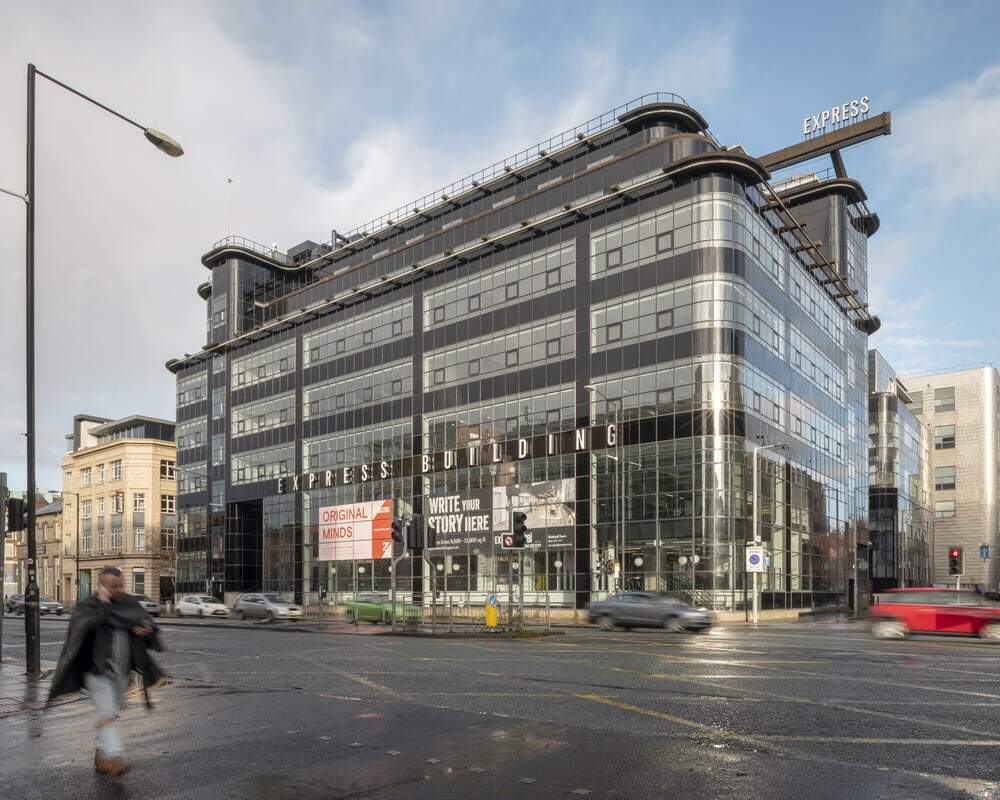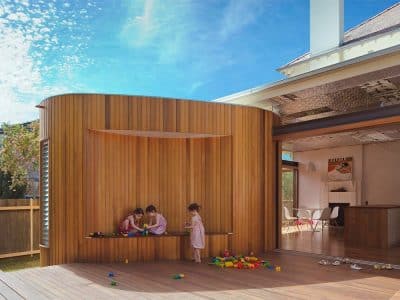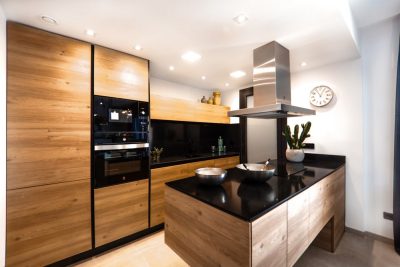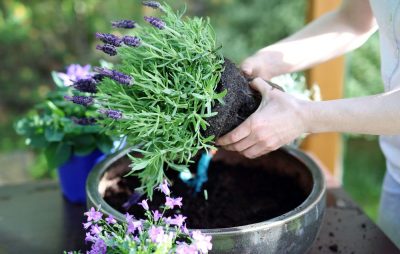
Energy efficiency has become a key issue in construction, as the impacts of anthropogenic climate change become more and more apparent. Construction projects and finished buildings, comprising the ‘built environment’, account for a quarter of the UK’s carbon emissions, with commercial premises significant contributors to that statistic. What can be done to improve energy efficiency, and reduce emissions in the long-term?
Insulation
There are many different aspects to energy-efficient building design and renovation, from airflow and heat transfer to the efficiency of the heating systems themselves. Arguably the most impactful form of energy efficiency measure comes in the form of insulation, which directly and meaningfully tackles the egress of heat from interior spaces. Insulation is one of the leading drivers for energy efficiency in domestic properties, where cavity wall insulation and well-insulated stud walls serve to reduce heat loss through walls.
Commercial spaces are harder to insulate in this way, often comprising larger spaces more prone to heat loss via convection. Partitioning spaces with insulated stud walls can be a good solution, but a more effective general solution might be to insulate roof spaces – mitigating the impacts of heat convection and serving to keep bigger administrative and industrial spaces.
Double- and Triple-Glazing
Cavity-wall insulation is often inapplicable to commercial premises – particularly office blocks, high rises and retail premises. This is because large windows are frequently utilised in place of traditional walls, in order to maximise natural light and meet sleeker, modern aesthetic briefs.
Windows present additional challenges to energy efficiency though, as heat transfer is made much easier. The impact of this is reduced by using double-glazing, wherein a vacuum cavity between glass panes serves to insulate heat and reduce the passage of sound. Triple-glazed variants also exist, which are more expensive but more effective, particularly with curbing the impact of noise pollution.

Heat Systems
Of course, commercial heating systems come with their own energy efficiency variables, which are much easier to change as new technologies harnessing heat exchange principles become more prevalent on the market. Older boiler systems can be inefficient in a number of ways, from the initial heating of water to heat lost through pipes and even poor radiation from radiator panels. A common, sustainable and more efficient alternative is the heat pump, which are designed either as air-source or ground-source. Heat pumps transfer thermal energy from outside to water pipes inside, using an inverse principle to refrigeration units.
Airflow
Lastly, airflow has its own key impact on energy efficiency – not necessarily through wicking heat away from environments, but more from reducing the temperature ‘feel’ of a space. Draughts can cause people to feel colder, and increase the likelihood of wasteful energy usage. Simple draught prevention measures such as door and window sealing can be especially effective.









